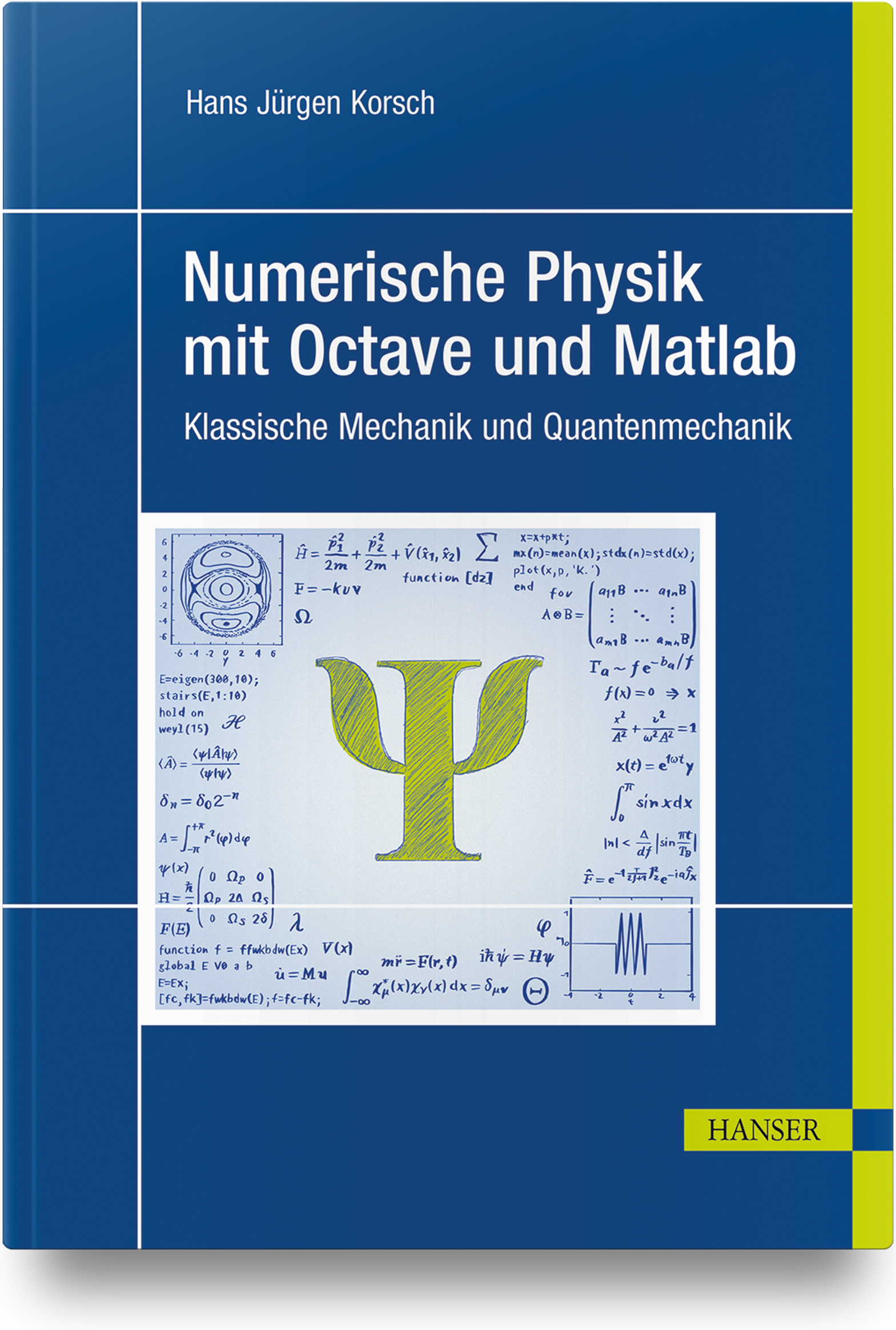- Sie sind hier:
- Fachbuch
- Kunststofftechnik
- Werkstoffe und Anwendungen
- Additive
PVC Additives
Performance, Chemistry, Developments, and Sustainability
- ISBN: 978-1-56990-872-3
- Buchangaben: 2. Edition, 04/2022
499 Pages, PDF
Numerous tables and figures are included, providing structures and physico-chemical data. A special section for beginners is dedicated to guiding formulations and test methods. A relatively short section deals with development trends in Europe. Sustainability is a major theme, and it is demonstrated that PVC has a strong potential to develop into a fully sustainable material.
Another section deals with the everyday problems in the processing of PVC, such as the formation of specks, photo-effects, and plate-out. Plate-out is a common problem in the processing of PVC but only relatively few publications cover it. The causes, influencing factors, and mechanisms are still poorly understood. This section, unique in the literature, provides assistance in the selection and dosage of raw materials to PVC processor, based on the influencing factors during processing.
Included in this 2nd edition is a significant new section on bio-based platicizers, as well as many other updates, additions, and improvements, such as new test methods and guide formulations, coverage of chemical blowing agents and antistatic agents, and much more.
Numerous tables and figures are included, providing structures and physico-chemical data. A special section for beginners is dedicated to guiding formulations and test methods. A relatively short section deals with development trends in Europe. Sustainability is a major theme, and it is demonstrated that PVC has a strong potential to develop into a fully sustainable material.
Another section deals with the everyday problems in the processing of PVC, such as the formation of specks, photo-effects, and plate-out. Plate-out is a common problem in the processing of PVC but only relatively few publications cover it. The causes, influencing factors, and mechanisms are still poorly understood. This section, unique in the literature, provides assistance in the selection and dosage of raw materials to PVC processor, based on the influencing factors during processing.
Included in this 2nd edition is a significant new section on bio-based platicizers, as well as many other updates, additions, and improvements, such as new test methods and guide formulations, coverage of chemical blowing agents and antistatic agents, and much more.
Dr. Michael Schiller is founder and owner of HMS Concept e.U., a consultancy company for chemical, environmental, and plastic technology in Arnoldstein/Austria. He was previously head of the Innovation and Sustainability Center at Akdeniz Kimya and Managing Director of Akdeniz Kimya, Austria. Before that, he was R&D Manager and Head of Group R&D at Chemson AG, and has worked in the PVC industry since 1992.
He is a well-known author, editor, and lecturer in the field of PVC and its additives, and is co-volume editor of the Plastics Additives Handbook, 6th edition.
Dr. Michael Schiller is founder and owner of HMS Concept e.U., a consultancy company for chemical, environmental, and plastic technology in Arnoldstein/Austria. He was previously head of the Innovation and Sustainability Center at Akdeniz Kimya and Managing Director of Akdeniz Kimya, Austria. Before that, he was R&D Manager and Head of Group R&D at Chemson AG, and has worked in the PVC industry since 1992.
He is a well-known author, editor, and lecturer in the field of PVC and its additives, and is co-volume editor of the Plastics Additives Handbook, 6th edition.
"The author, Michael Schiller, has advanced degrees in organic chemistry and photo chemistry, and more then 20 years leading R&D at pvc manufacturers. His passion for pvc, as well as his humor, shine through the text. [...] The second edition includes a new section on plasticizers based on renewable resources. [...] Although written from a chemist's perspective the text is accessible for anyone in the pvc industry who needs to be knowledgable about these subjects. The book is thus useful to read as a primer or to have a reference when formulating pvc compounds or troubleshooting problems in processing or applications." Jennifer Markarian, Plastics Engineering, January, 2023
"Dieses Buch bietet eine umfassende Darstellung der Stabilisatorsysteme und anderer Additive für PVC." Kunststoffe, Juni 2015
"Das Buch ist leicht verständlich geschrieben, mit der Absicht das Thema nicht nur fortgeschrittenen Chemikern und Kunststofftechnikern, sondern auch Einsteigern nahe zu bringen." GAK Gummi - Fasern - Kunststoffe, Juni 2015
"The author, Michael Schiller, has advanced degrees in organic chemistry and photo chemistry, and more then 20 years leading R&D at pvc manufacturers. His passion for pvc, as well as his humor, shine through the text. [...] The second edition includes a new section on plasticizers based on renewable resources. [...] Although written from a chemist's perspective the text is accessible for anyone in the pvc industry who needs to be knowledgable about these subjects. The book is thus useful to read as a primer or to have a reference when formulating pvc compounds or troubleshooting problems in processing or applications." Jennifer Markarian, Plastics Engineering, January, 2023
"Dieses Buch bietet eine umfassende Darstellung der Stabilisatorsysteme und anderer Additive für PVC." Kunststoffe, Juni 2015
"Das Buch ist leicht verständlich geschrieben, mit der Absicht das Thema nicht nur fortgeschrittenen Chemikern und Kunststofftechnikern, sondern auch Einsteigern nahe zu bringen." GAK Gummi - Fasern - Kunststoffe, Juni 2015
Carl Hanser Verlag GmbH & Co KG
Kolbergerstr. 22
81679 München
E-Mail: info@hanser.de
Sicherheitshinweis entsprechend Art.9 Abs. 7 Satz 2 GPSR entbehrlich
Carl Hanser Verlag GmbH & Co KG
Kolbergerstr. 22
81679 München
E-Mail: info@hanser.de
Sicherheitshinweis entsprechend Art.9 Abs. 7 Satz 2 GPSR entbehrlich







